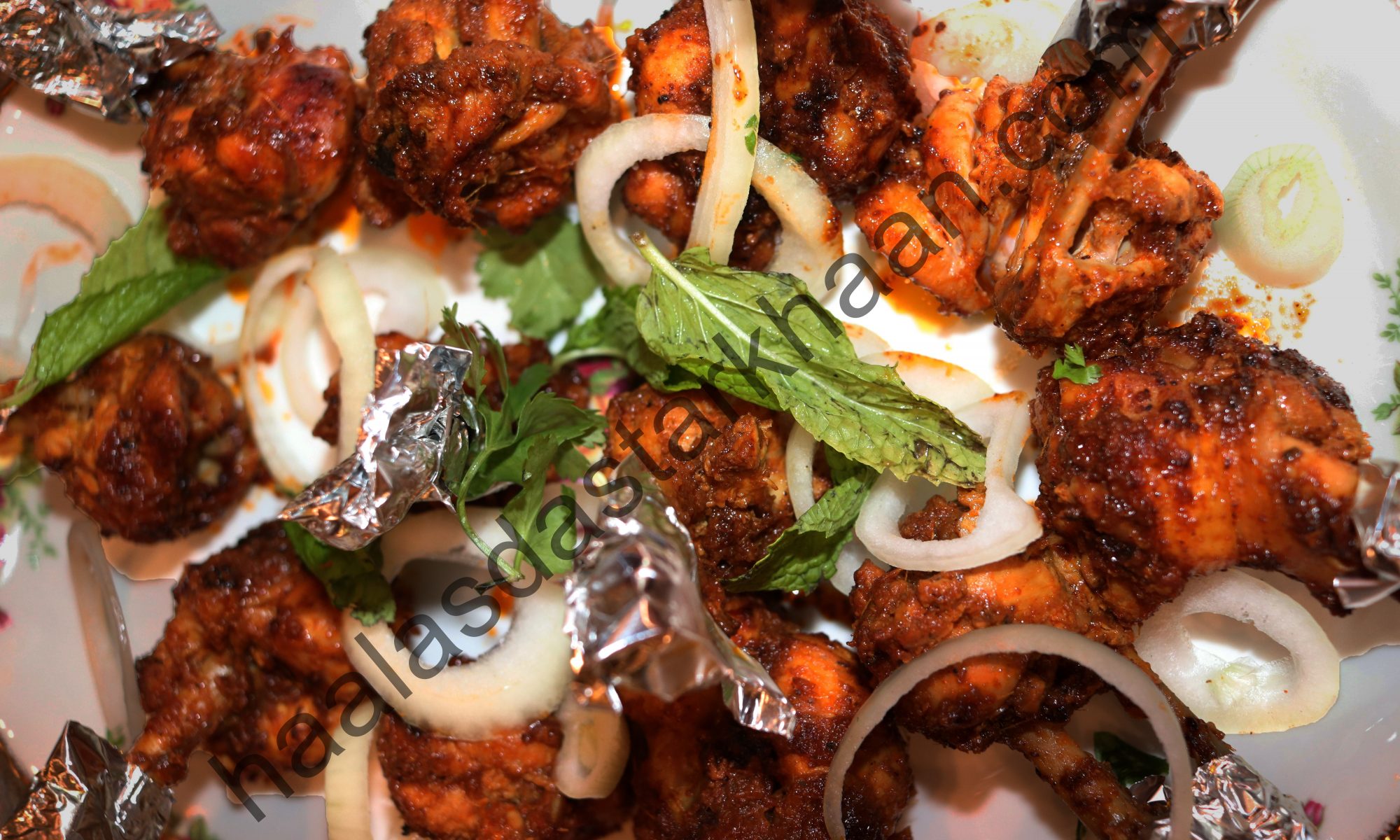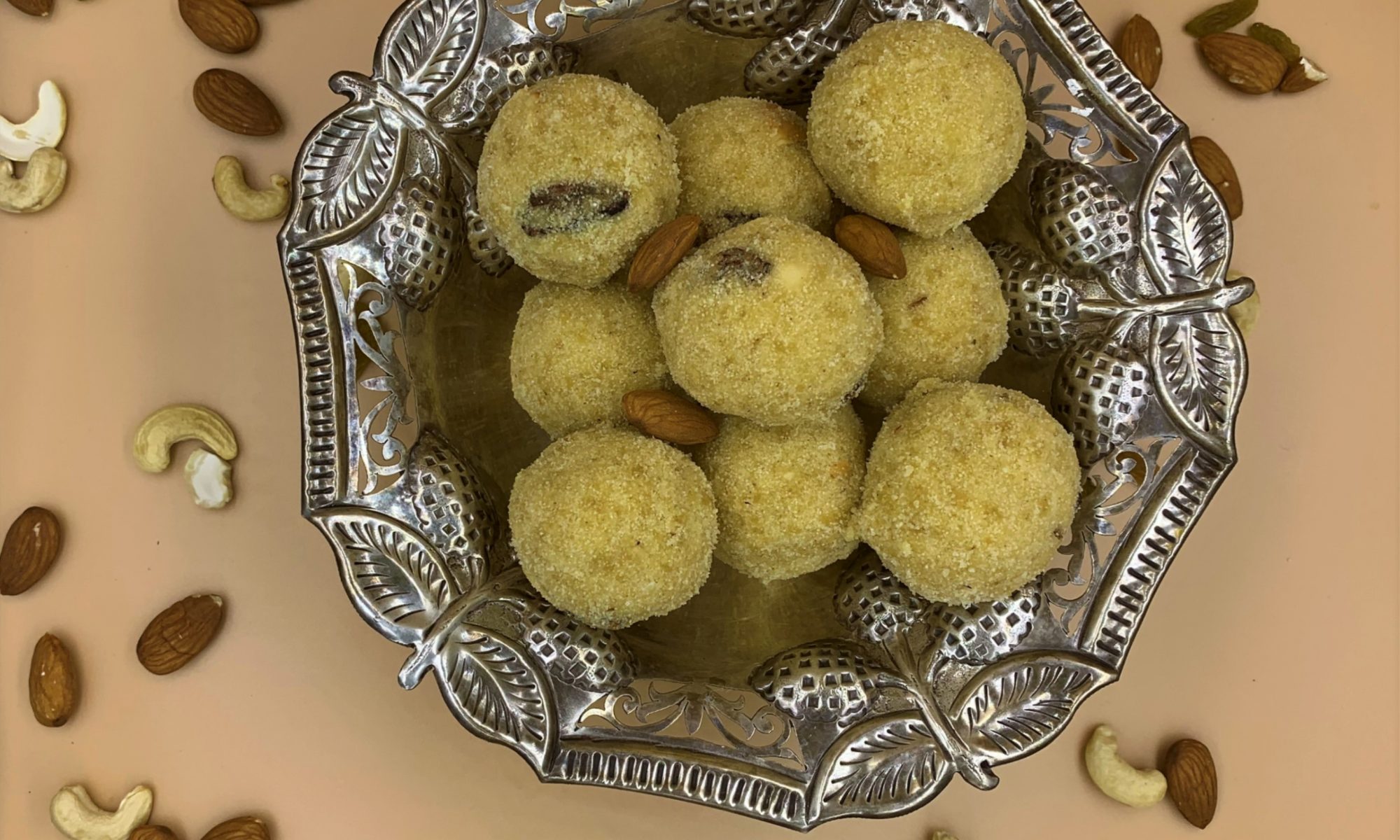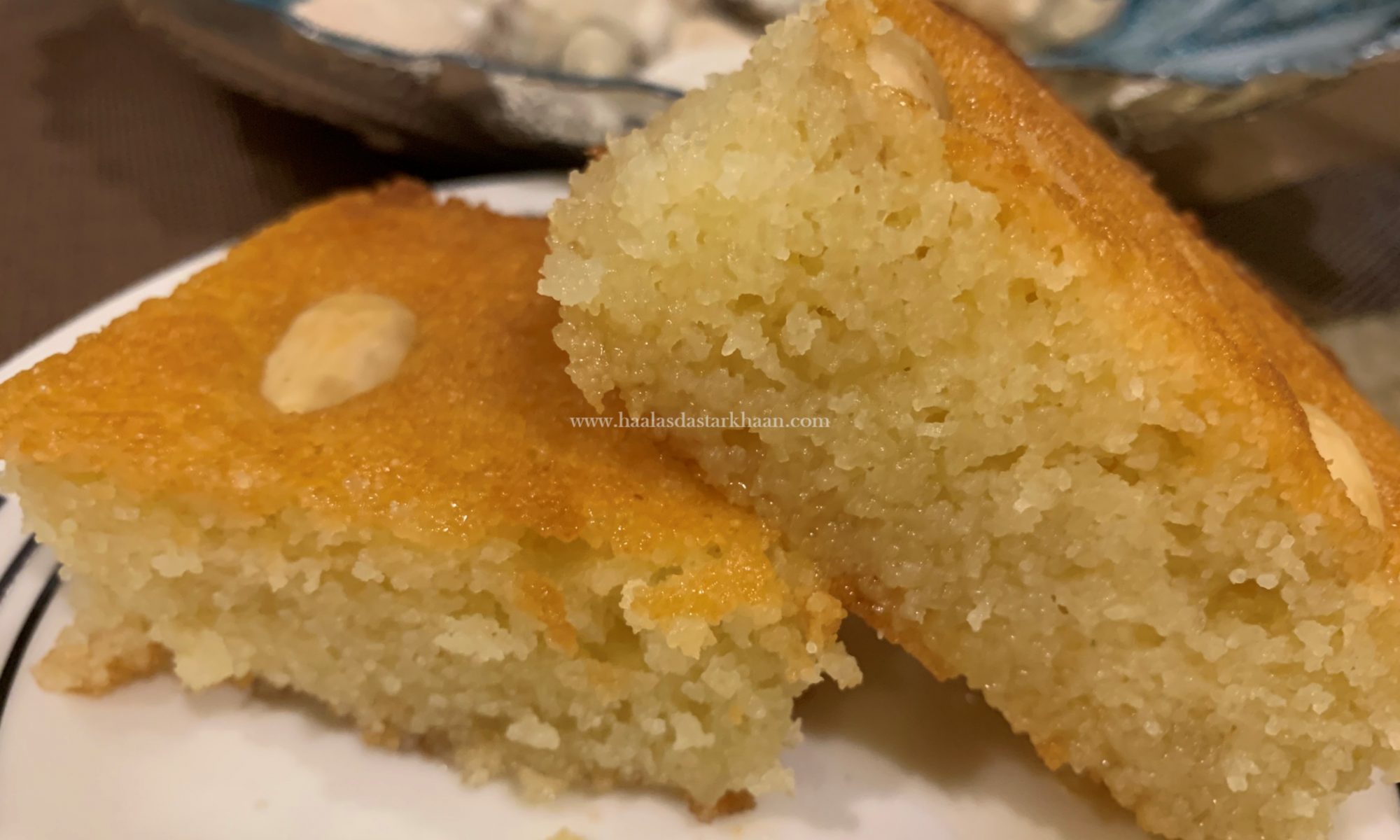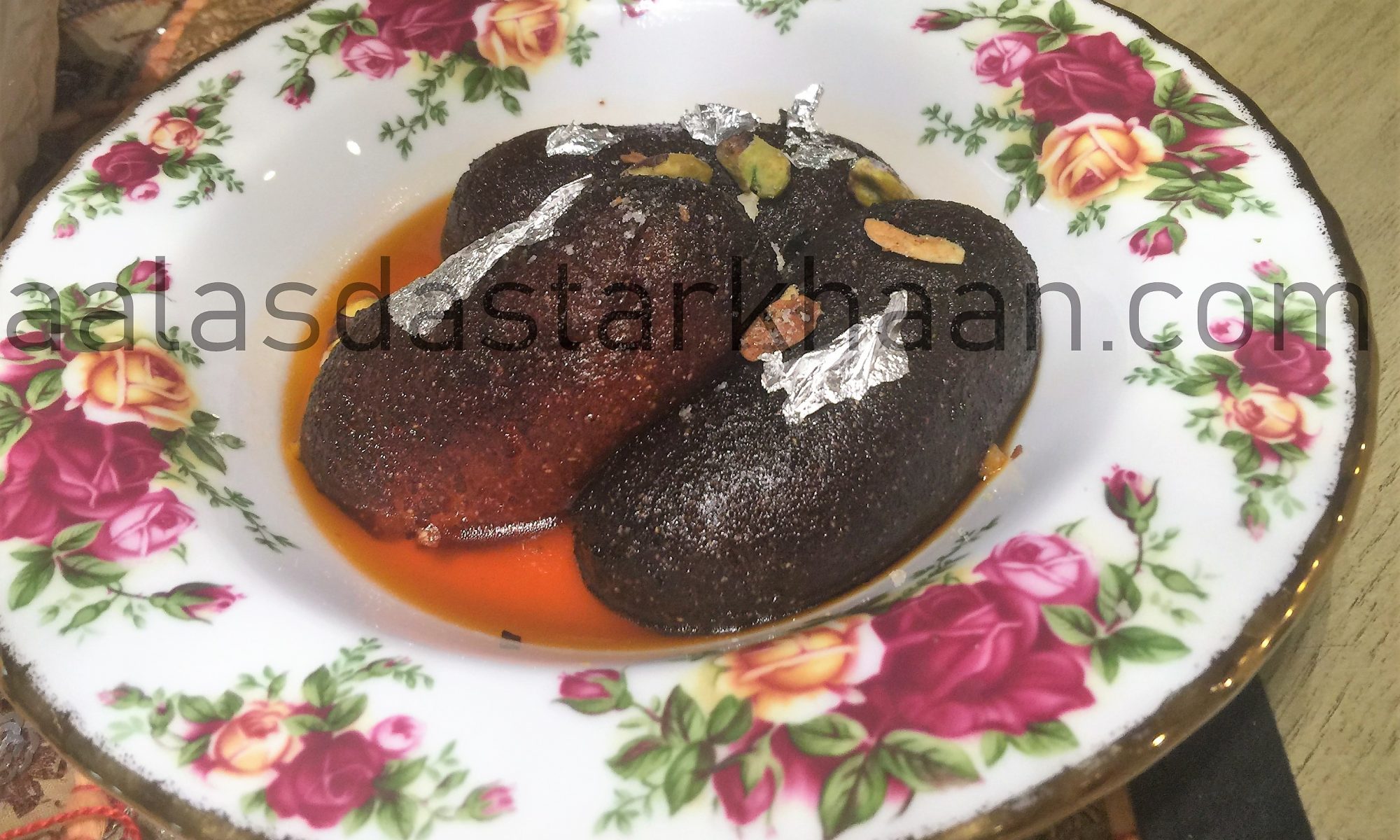Kala Jamun is a distant cousin of Gulab jamun. It was first prepared in Mughal Era in India, introduced by Mughal Emperor Shah Jahan by his personal chef. The difference between Gulab jamun and Kala Jamun is the color and texture. While Gulab Jamuns are golden, Kala Jamun have a dark color with a shade slightly away from Black.
Its always advisable to use good quality Khoya and Paneer. Always use best quality khoya available at dairy. Mr. Parveez and my boys love home-made desserts. In fact the most awesome part that I don’t even eat any sweets that are dipped in sugar syrup, but Mr. Parveez stopped eating the sweets from sweet stores which is a huge compliment for me. Our guests always wonder if the mithai we serve, is from a store. Actually, I never thougth that making certain sweet dishes at home could be so easy, enjoyable and emotionally rewarding. And now, I just love making Indian Mithai, Cakes, Pastries and Pies, and making them is always my “happy time”. In fact, I can always hop into the kitchen happily to make mithai if asked.
Though I have never been a fan of either but, When I was a kid, I often used to get confused of what exactly is the difference between Kala Jmaun and Gulab Jamun and for the longest time, I believed that Kala Jamun was Gulab Jamun with black color. i only found the difference when I got down to making them.
Like I said above, dry kala jamun is a distant cousin of gulab jamun and it uses paneer, suji, sugar and sometimes also uses a dash of dry fruit stuffed inside balls. Though I never stuffed any in mine, because that would make them close to mewa baati and probably a little heavy too. Gulab Jamun dough does not have any paneer or sugar, where as the dough of Kala Jamun requires a little sugar. Gulab Jamuns are usually served with a little syrup, but these tend to be dry, so they require a little sugar boost from within. Kla Jamun also needs to be fried for longer on low to medium flame, without burning them to give the beautiful dark color.
Gulab jamun dough does not need much kneading but this dough has to be kneaded really well. The texture can be obtained only with a good dough, that has been kneaded well. You can also use a mixer if you find it difficult to do it by hand.
Keep the kala jamun soaked in a sugar syrup for at least 3-4 hours before serving, refrigerating them id preferred too.
If you want to make it as dry kala jamun, then once the jamuns are soaked well in syrup, you can take them out of the syrup and store it in a container or serve. They keep good easily for a week the refrigerator. I feel they are one of the best recipes to take to a friend’s house or as a goody bag after a party.




